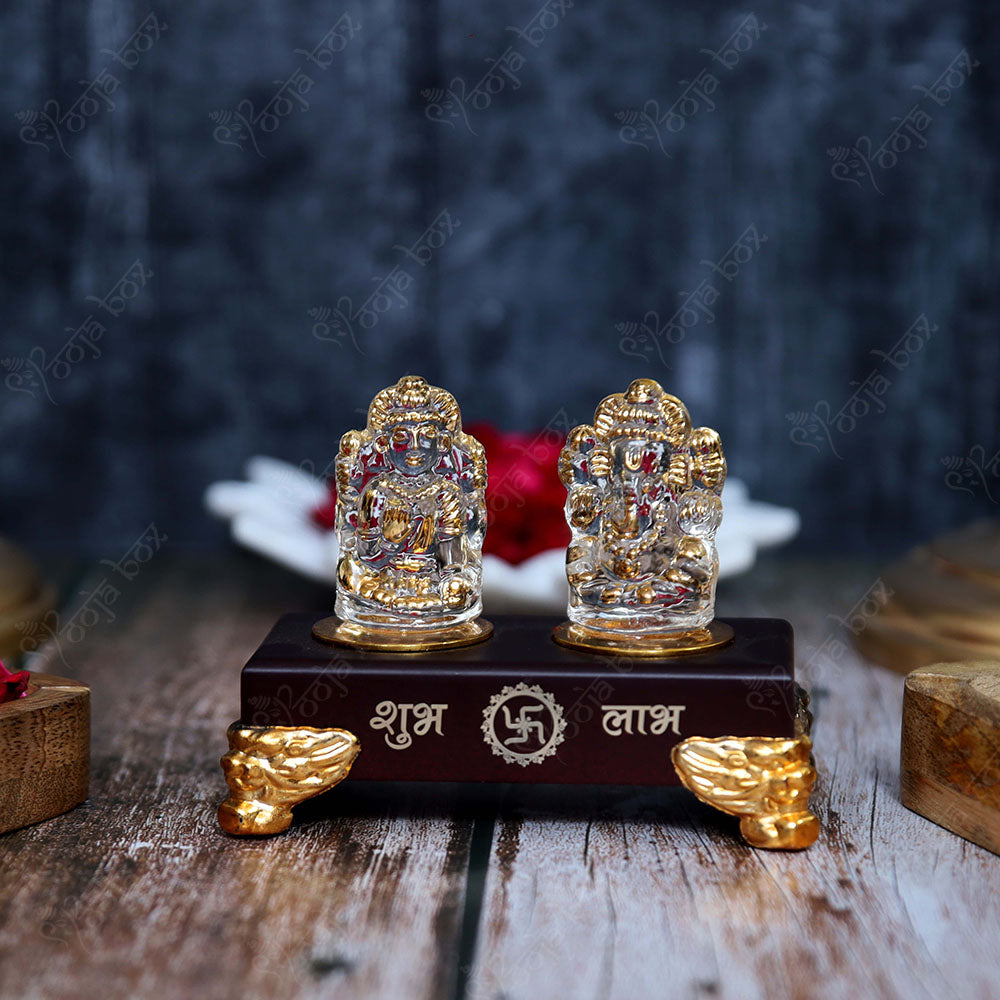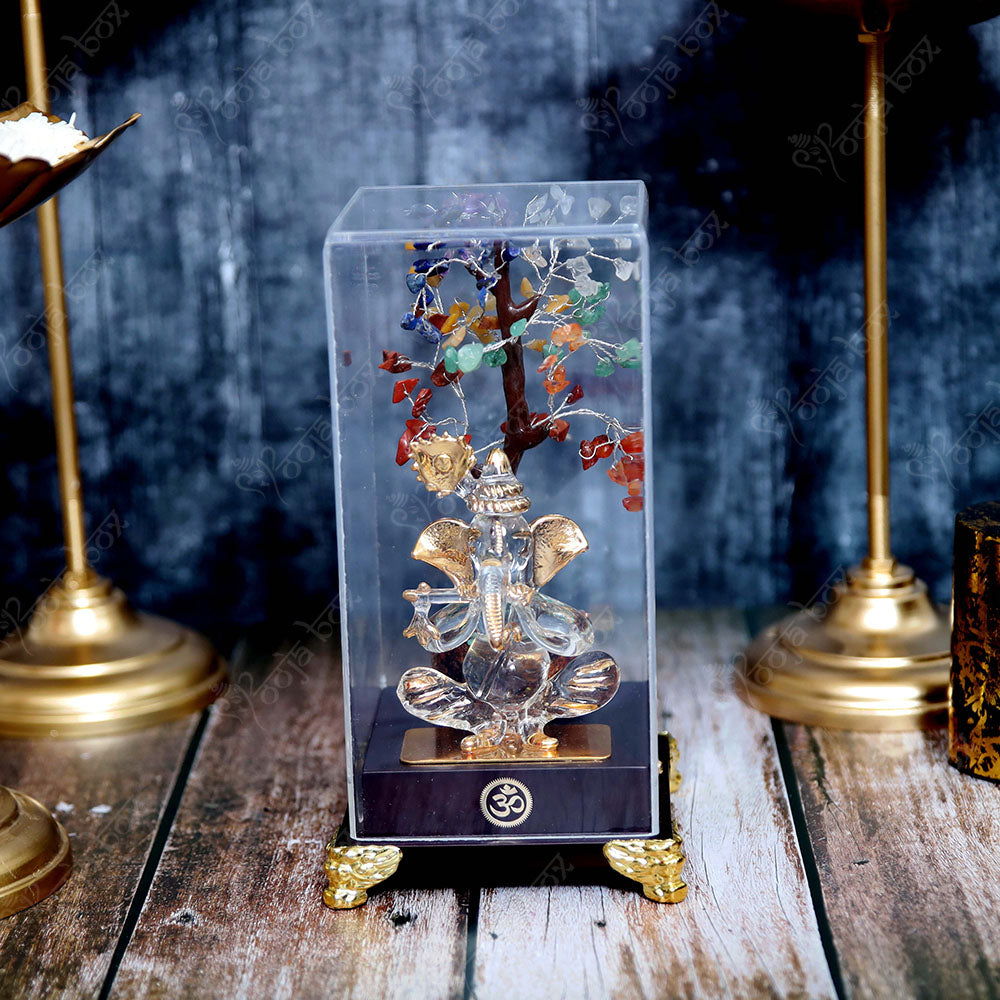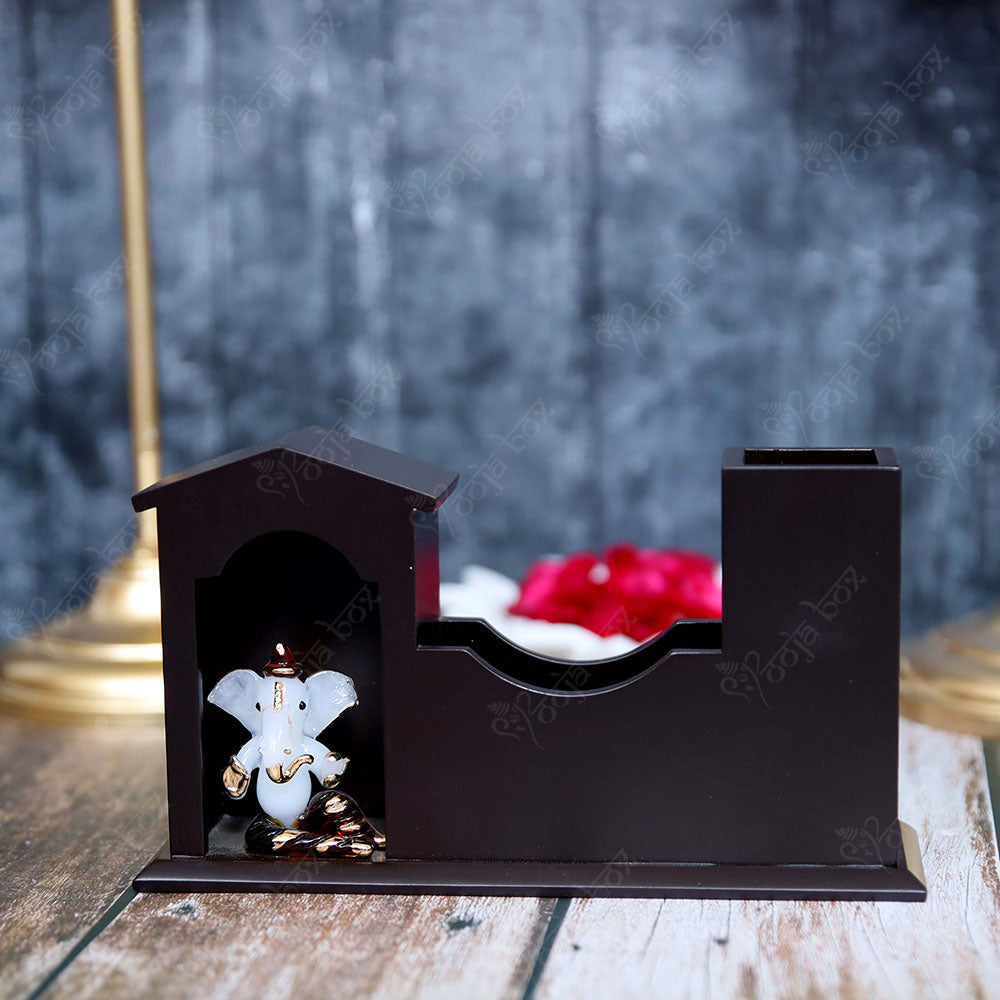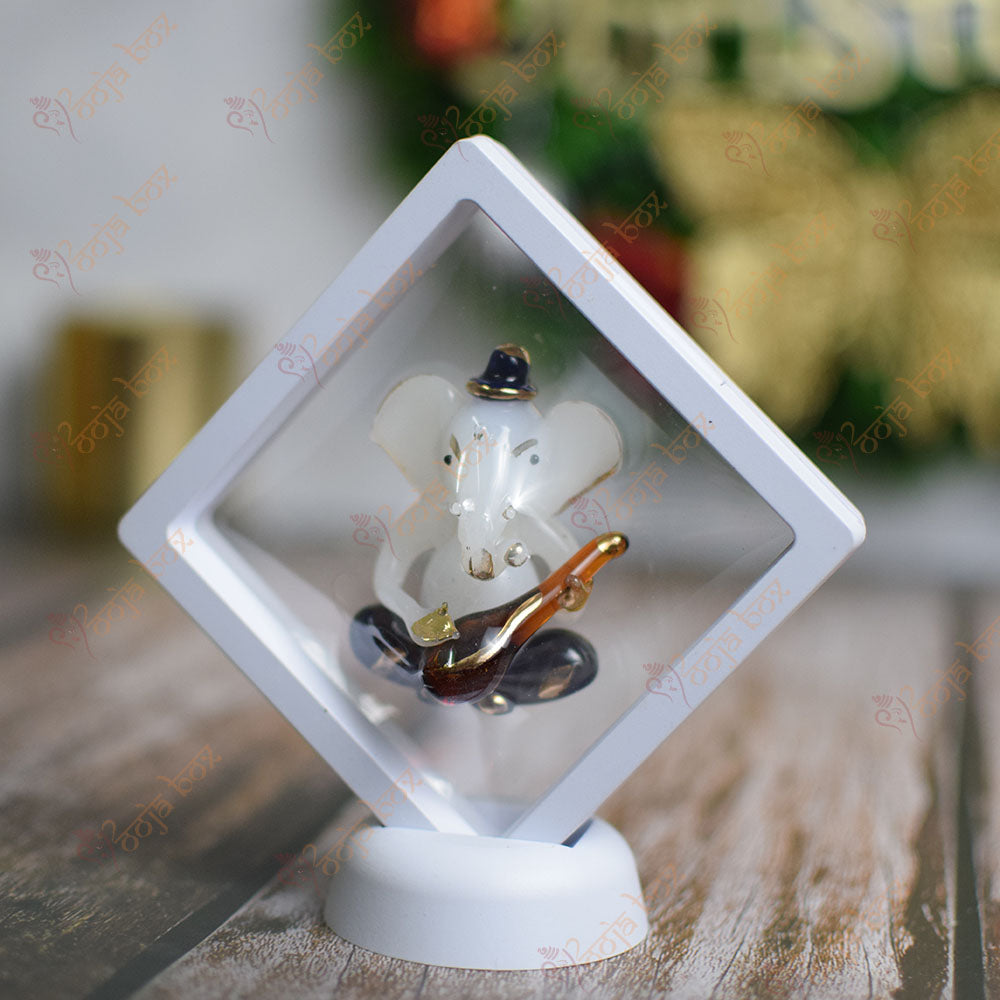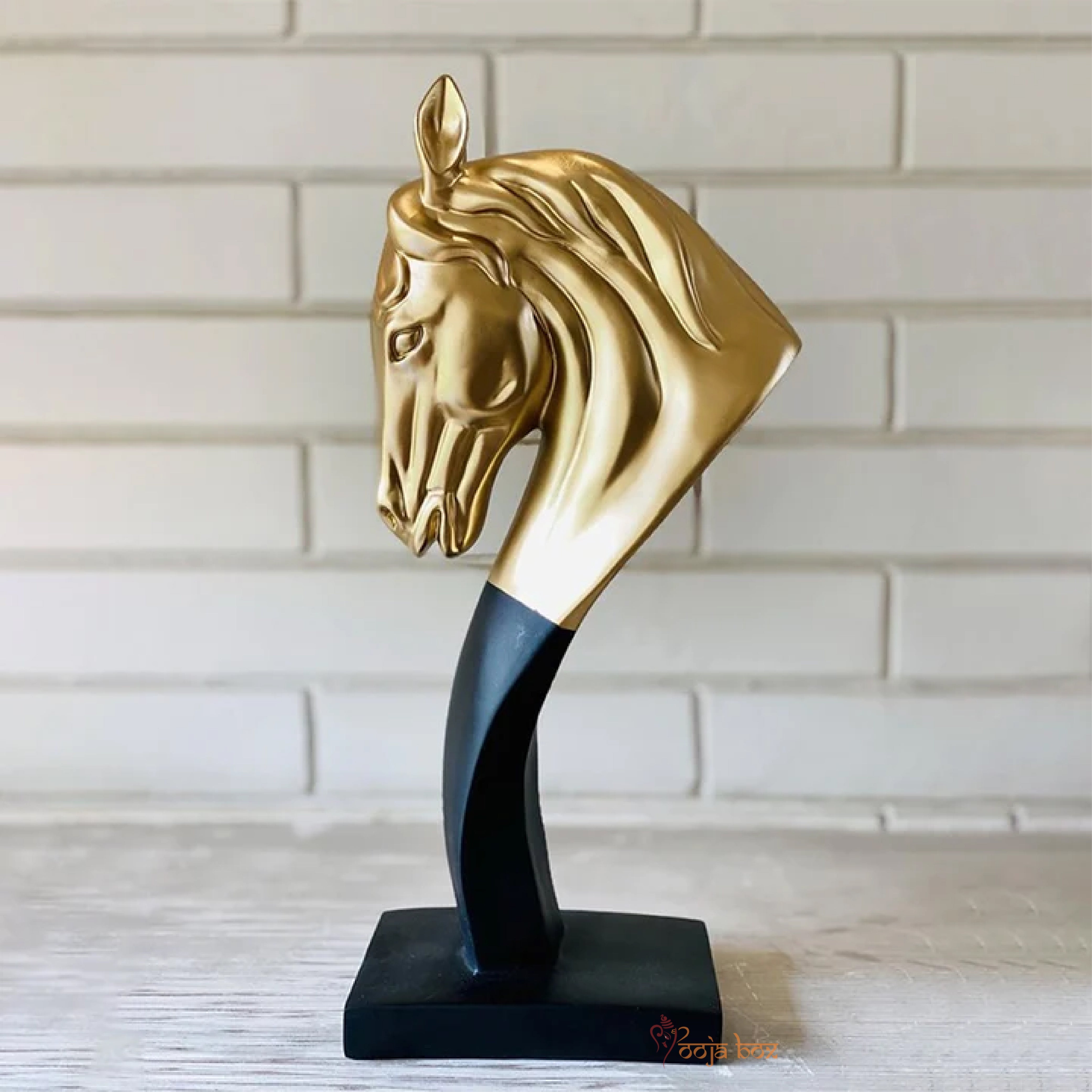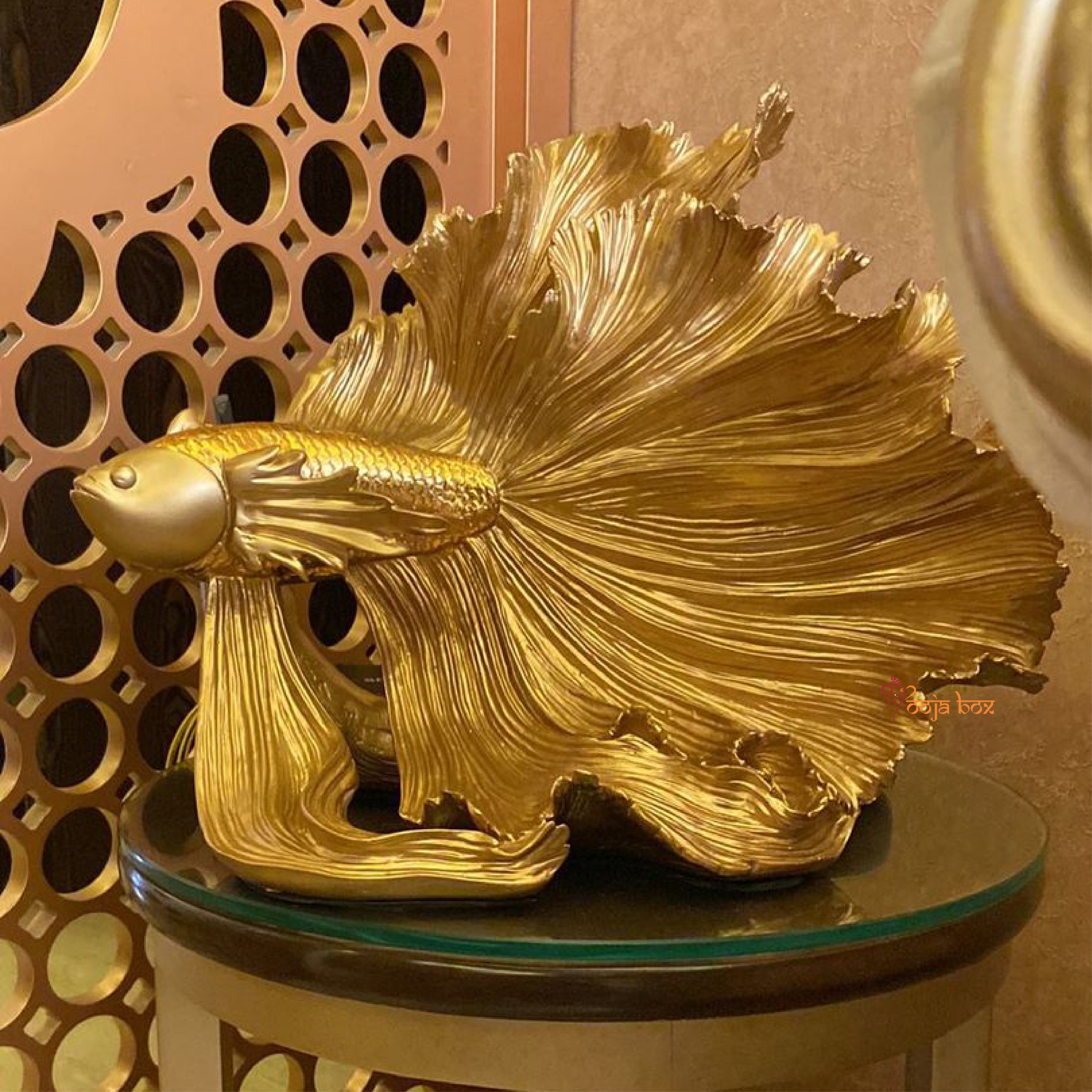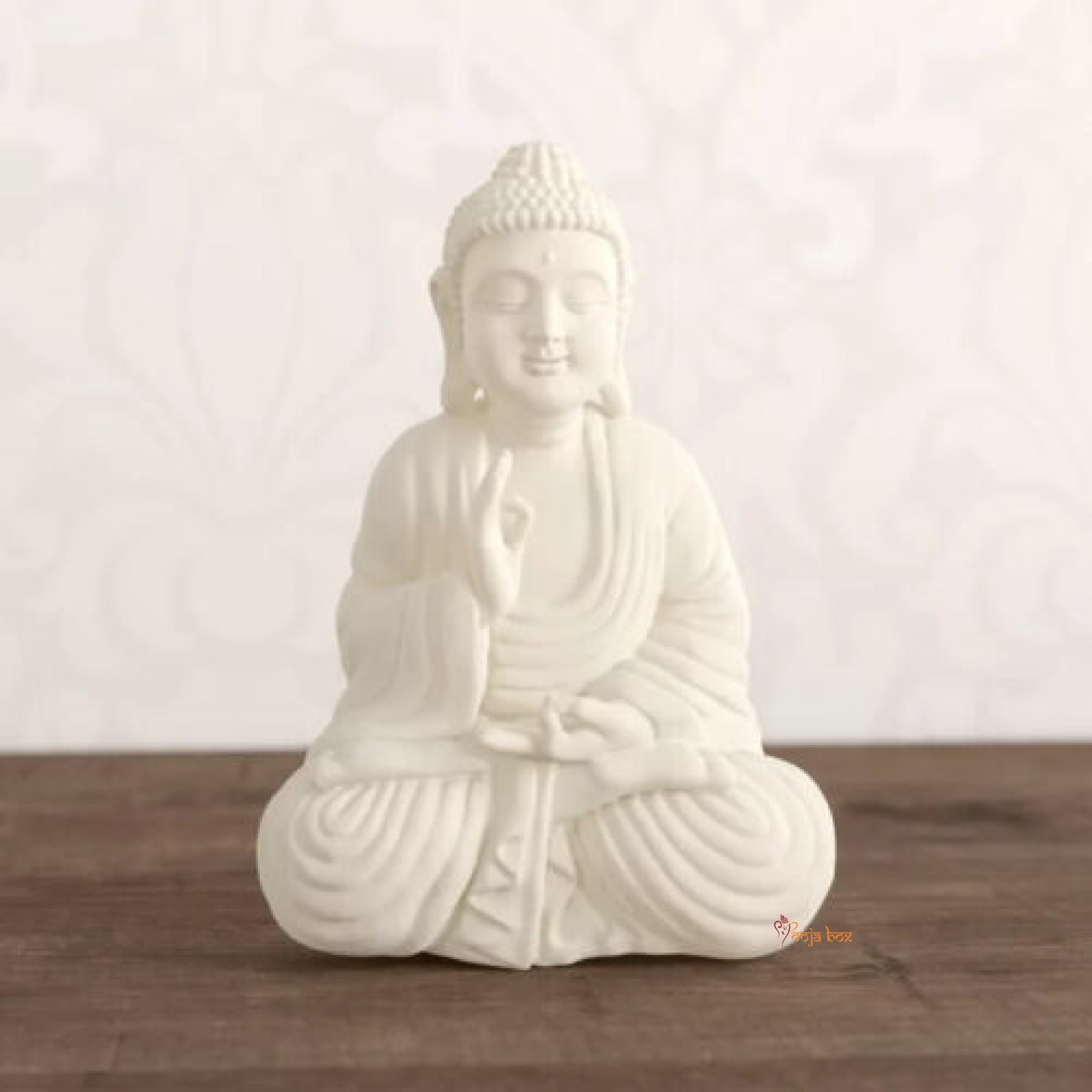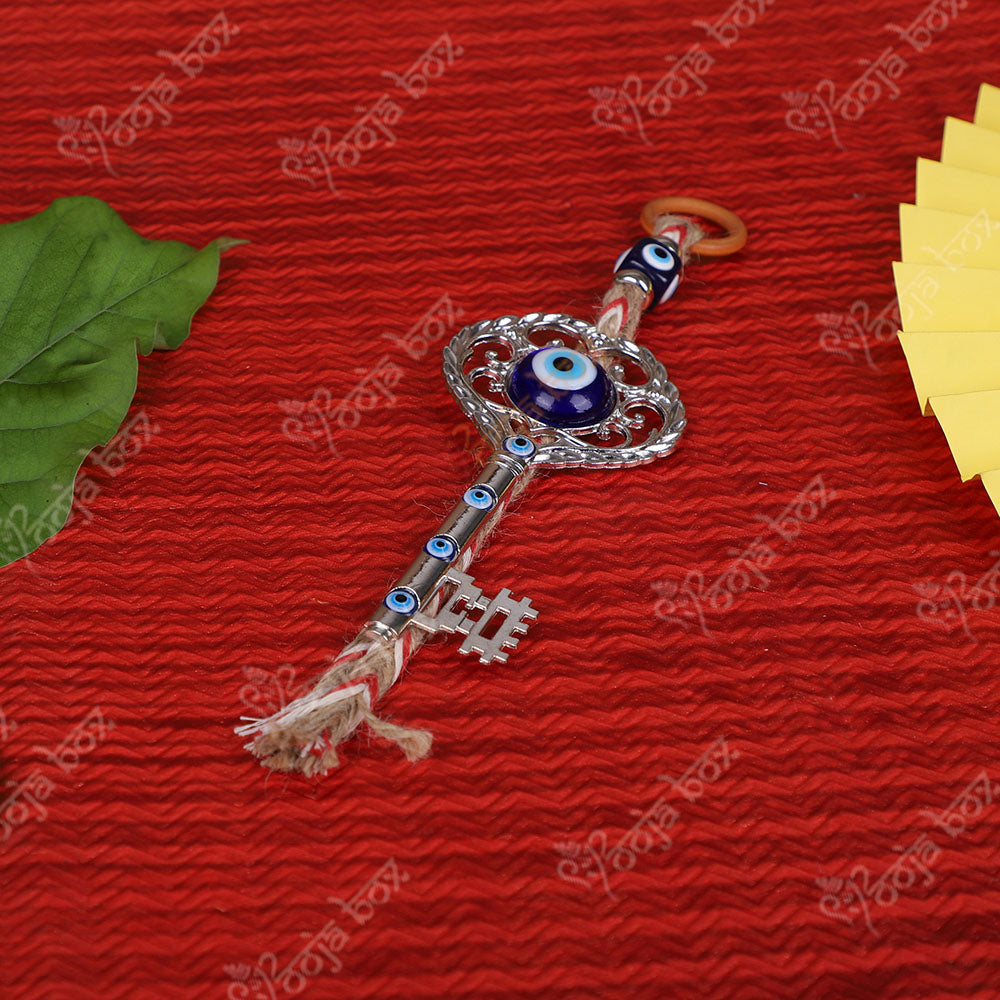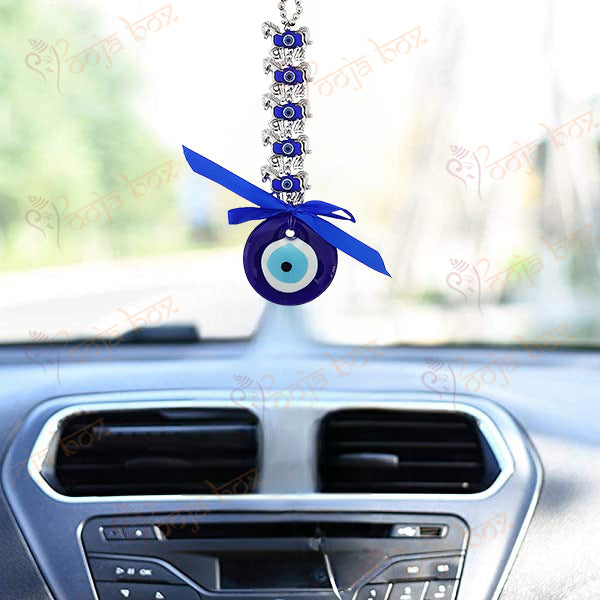The epic book and story of the Ramayana hold a special place in Hindu devotees hearts and minds. The Ramayana is considered to be one of the best epic tales of Hindu culture. The Ramayana is an ancient Indian epic written in Sanskrit. Along with the Mahabharata, it is considered one of the two historic texts of Hinduism. Maharishi Valmiki wrote the epic story of Rama, the prince of Ayodhya city. The book by Maharishi Valmiki has the story of Lord Ram. In this article, we'll be looking into how Lord Ram passes away.
The Original Ramayana makes no mention of Rama's death.
After returning to Ayodhya from 14 years of exile, it is considered that Lord Rama was the emperor of South Asia for hundreds of years. The original Ramayana book ends its story with Lord Rama's victory over Ravana, and it has no further information about the events that happened after Rama's return to Ayodhya. Although the Ramayana itself provides no hints, other ancient writings do. No information about Lord Rama's life after he returned to Ayodhya can be found in Valmiki's Ramayana.
Jal Samadhi of Lakshmana
Lakshmana cannot consider his existence after Lord Rama, and he can't live without him. After he concluded that his mission was completed, he entered Jal Samadhi. Kaal Devta informed Laxman that Devi Sita had already departed for Vaikuntha earlier than Laxman in order to wait for Lord Rama. So he said that next in line was Laxman, who had to enter Jal Samadhi to reach Vaikuntha. After that, he became ready to serve Lord Rama in Vaikuntha.
Living one's body after going in water is called jal samadhi. In the ancient period, if someone didn't want to live more or their given mission got complete, their soul left their body after this practice. There are many other practices, like agni samadhi and bhoo samadhi, but they decided to take this jal samadhi. Soon after Lakshman's departure, Lord Rama was left on his own, and he saw no point in remaining on Earth now that he had established Rama Rajya and provided justice for all of his subjects. He had completed his role as a sibling, parent, and spouse, as well as an avatar of Lord Vishnu sent on earth to end the terror of the demon king of Lanka, Ravana, who was terrorizing the good people. After making sure everything would function normally after he was gone, he decided it was time to say goodbye.
Jal Samadhi of Lord Rama
One day the people of Ayodhya informed them that their king, Lord Rama, had announced to give the chair of his kingdom to his brothers and their sons. The people of Ayodhya gathered around him as he was going to leave the palace, requesting that he bring them with him. By walking with them to the deepest part of the Sarayu River, Lord Rama granted them all moksha, the ultimate liberation. In their own time and in their own ways, Lord Rama, Lakshmana, and Sita all made their way back to their homes and took their respective places back.




